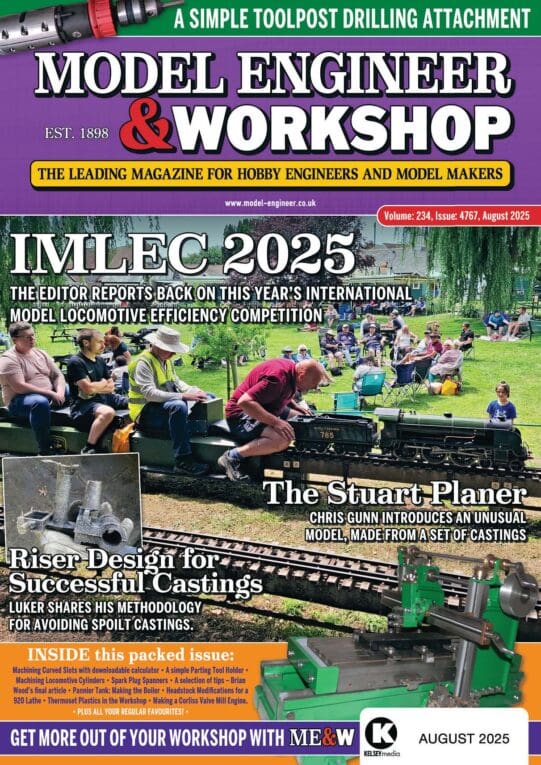Centec 2B Vertical Head Tool Options
Centec 2B Vertical Head Tool Options
- This topic has 16 replies, 8 voices, and was last updated 8 September 2024 at 23:31 by
not done it yet.
Viewing 17 posts - 1 through 17 (of 17 total)
Viewing 17 posts - 1 through 17 (of 17 total)
- Please log in to reply to this topic. Registering is free and easy using the links on the menu at the top of this page.
Latest Replies
Viewing 25 topics - 1 through 25 (of 25 total)
-
- Topic
- Voices
- Last Post
Viewing 25 topics - 1 through 25 (of 25 total)
Latest Issue
Newsletter Sign-up
Latest Replies
- Diving in to ATC?
- Paint stripper does not do what it says on the tin
- More BBC Masterchef woes…
- What Did You Do Today 2025
- Polishing compounds for stainless steel (mild abrasives))
- Boley 6LZ, new to me
- Boxford paint colour
- Taylor Hobson cutter grinder modificaton
- Bad design, or am I missing something?
- Even the Dealer Didn’t Know!








